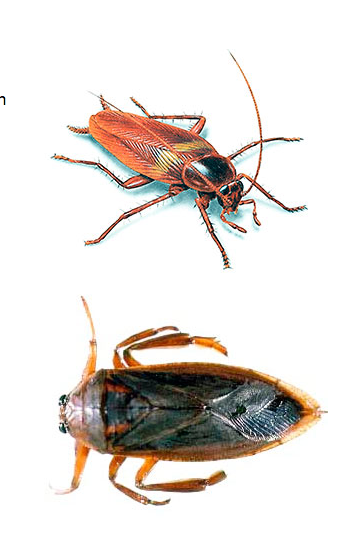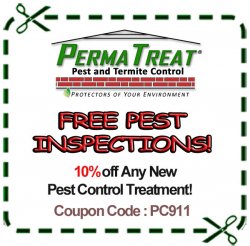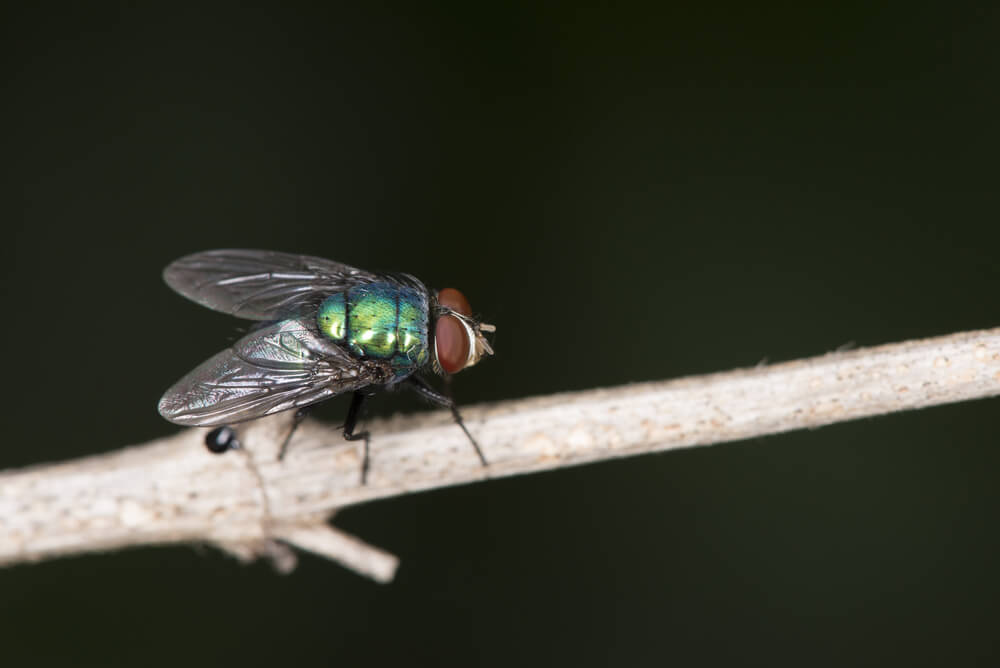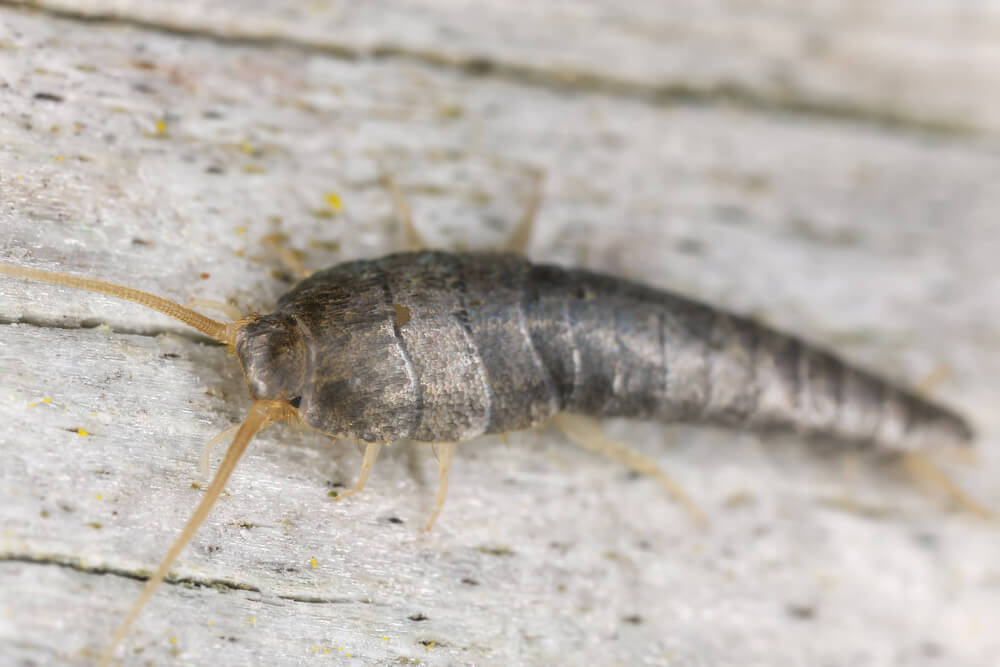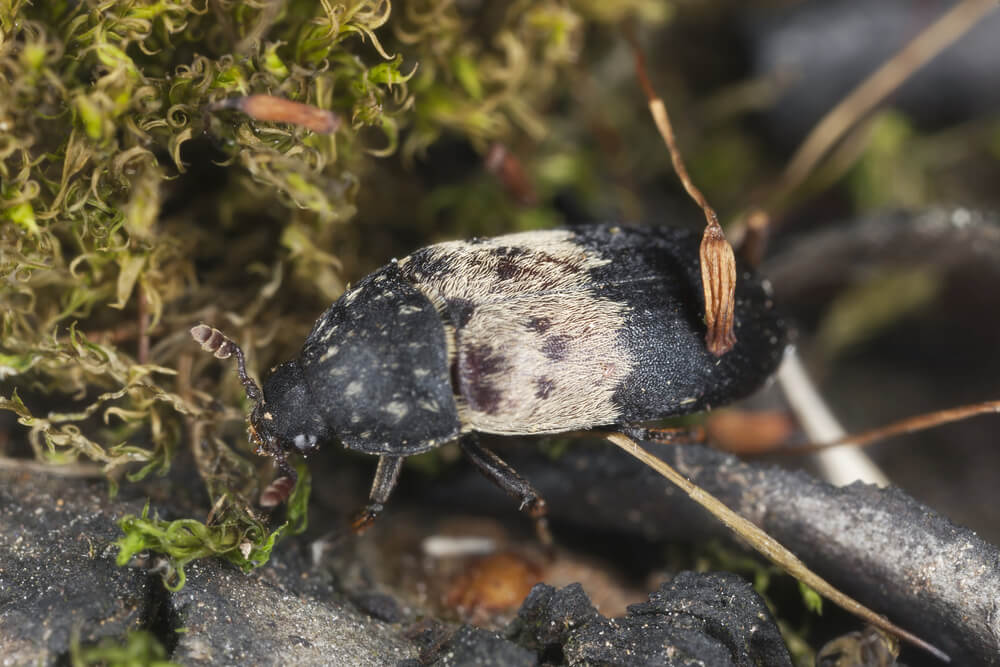With summer on its way out, many homeowners may think their pest problems will wane, too. In fact, with a new season comes different pest challenges to face and another round of pest proofing to do for the home. Pests like mice, rats, cockroaches and spiders will look for shelter in warm homes as the weather grows cooler, which is why PermaTreat Pest and Termite Control encourages homeowners to integrate pest proofing into their routines for the fall season.
Each season poses different opportunities for pest invasions, yet one thing remains the same—no one wants these critters entering their homes where they present property and health threats. Fall pests can contaminate food and damage drywall and electrical wires throughout a home. Cockroaches can trigger allergies and asthma, especially in children. These pest implications are far from desirable, which is why we must combat them.”
To help homeowners battle pests all year round, including in the fall, PermaTreat recommends these pest-proofing tips for the fall season:
- Screen attic vents and openings to chimneys.
- Eliminate moisture sites, including leaking pipes and clogged drains.
- Seal cracks and crevices on the outside of the home using caulk and steel wool. Pay close attention where utility pipes enter the structure.
- Store food in airtight containers and dispose of garbage regularly in sealed receptacles.
- Replace loose mortar and weather stripping around the basement foundation and windows.
- Store firewood at least 20 feet away from the house; keep shrubbery well trimmed.
- Install door sweeps and repair damaged screens.
- Inspect items such as boxes of decorations and grocery bags before bringing them indoors.
Water bugs are often called
roaches and vice versa. Some species of these insects are similar in appearance and therefore often mistaken for each other. In fact, they are quite different. Water bugs prefer to live in your swimming pool while cockroaches are common insects in your house. Do they bite and spread diseases? What control methods to use for their elimination? Before we answer your questions, you’d better think how to identify them. When you know what type of insect you have on your property, you know what effective treatment to apply. Remember, control methods differ for each of these guys. Read and find out how to identify roaches and water bugs and what methods you can use to eliminate them.
What is a difference between water bug and roach? Those who find water bugs or cockroaches in or around their homes might feel it’s essential to know exactly what bugs they are dealing with. Usually these nasty little guys can be mistaken for each other. So, how to identify water bugs that look like cockroaches? Although water bugs and nasty little cockroaches look similar, there are certain differences that set them apart. Knowing their terminology, habitat, diet, biting habits etc. will help you to determine which type of crawler you are dealing with.
Cockroaches: there are more than 4,000 species of these creatures worldwide. Among different species of cockroaches there are such ones as American cockroach, Florida wooden cockroach, the Brown cockroach, the German cockroach, the Asian cockroach etc. These insects can live an average of 2 to 4 years. Water bugs terminologyWater bugs: Is water bug a roach? In fact, water bugs are known as a species of cockroach, commonly called black beetles or oriental cockroaches.
What is a water bug? Water bug is actually a broad term used to refer to different kinds of little bugs. The most common ones are the giant water bug, electric light bug, brown water bug and toe biter. Being members of the order Hemiptera, they have mouth parts that pierce and suck. There are about 1500 species of water bugs worldwide. Some of them live on fresh water and some on the surface of the water. They are oval in shape, have a set of antenna and six legs.
Water bugs are more solitary insects but may congregate at the time of breeding season. When it comes to cockroaches these nasty guys prefer to be surrounded by other roaches at all times. Both cockroaches and water bugs have parental care. Difference: While water bugs are predatory scavengers, cockroaches are not predators and usually referred as non-aggressive insects. Water bugs are identified by much larger sheer size than a typical cockroach.
Having roaches around the property should be considered a serious matter. Whether alive or dead, they are prone to causing allergic reactions, hepatitis virus, salmonella and even asthma. If you see one lying anywhere in the house, get rid of it immediately. Call today OR CONTACT today for a free inspection!
The reason for crawl space encapsulation is to lower moisture levels to prevent mold, condensation, and structural deterioration of framing members. Which is what invites termites and pests into your crawlspace in the first place.
Four ways that moisture enters your crawlspace:
1. Ground water infiltration
2. Water seepage through porous block or brick walls, or foundation cracks
3. Hot humid air entering through crawlspace vents or loose doors
4. Water vapor from the exposed dirt floor
Encapsulation addresses all four of these issues by installing a drainage systems for ground water, wall liners to address wall seepage, seal off vents to prevent the entrance of hot humid air, and treat all existing air to maintain acceptable humidity levels so mold can't grow.
It's important to note that the air that is in your crawl space is also cycled through your home. This movement of air is called the stack effect, so if you have mold in your crawl space, you're breathing it in.
To learn more about Crawlspace Encapsulation click here.
Click here to contact PermaTreat for a crawlspace inspection to see if encapsulation is needed.





